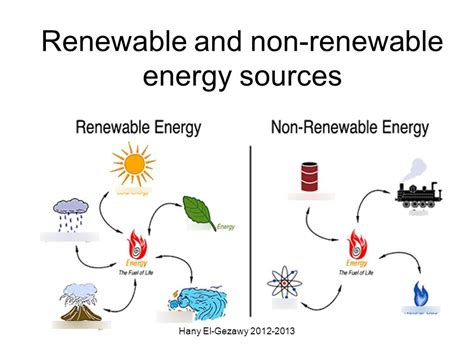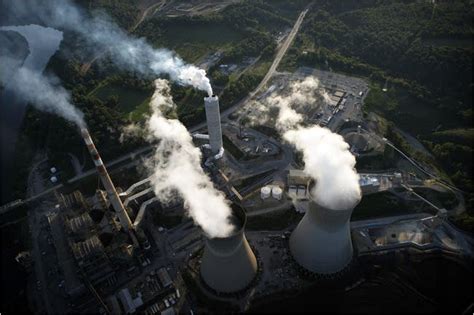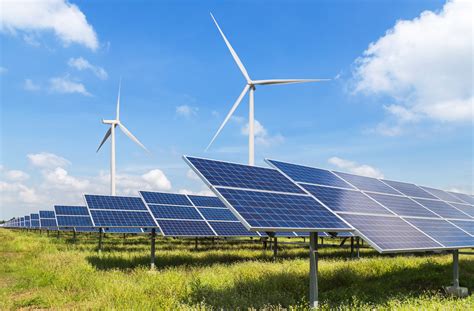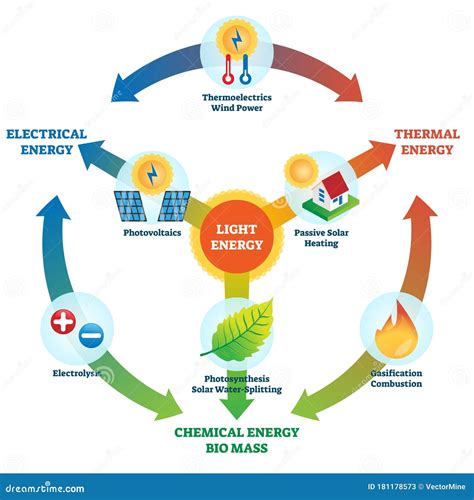Nonrenewable energy sources have been the backbone of the global energy landscape for centuries, powering industries, transportation, and homes. Despite the growing emphasis on renewable energy, nonrenewable sources still dominate the energy market due to their widespread availability, established infrastructure, and, in some cases, lower costs. The most common nonrenewable energy sources include coal, natural gas, oil, nuclear, and tar sands. Understanding these sources is crucial for navigating the complex energy sector and addressing the challenges associated with their use.
Overview of Nonrenewable Energy Sources

Nonrenewable energy sources are finite resources that take millions of years to form and will eventually run out. They are primarily composed of fossil fuels, which are the remains of plants and animals that have been buried for millions of years under layers of rock and sediment. The extraction, processing, and combustion of these fuels release carbon dioxide and other greenhouse gases, contributing to climate change. Despite these environmental impacts, nonrenewable energy sources remain vital to meeting global energy demands due to their high energy density and the existing infrastructure for their extraction, transportation, and use.
Coal: The Most Abundant Fossil Fuel
Coal is the most abundant fossil fuel in the world and has been a primary source of energy for centuries. It is used to generate electricity, produce steel, and as a fuel in industrial processes. Coal-fired power plants are among the largest point sources of carbon dioxide emissions, contributing significantly to greenhouse gas emissions. However, advancements in technology have led to the development of cleaner coal technologies, such as carbon capture and storage (CCS), which can reduce emissions from coal-fired power plants. For instance, the Petra Nova project in the United States has successfully implemented CCS technology, reducing CO2 emissions by over 90%.
| Energy Source | Global Reserves | Primary Use |
|---|---|---|
| Coal | 1.1 trillion tonnes | Electricity generation, industrial processes |
| Natural Gas | 185 trillion cubic meters | Electricity generation, heating, transportation |
| Oil | 1.47 trillion barrels | Transportation, industrial processes, heating |
| Nuclear | 7.1 million tonnes of uranium | Electricity generation |
| Tar Sands | 170 billion barrels | Oil production |
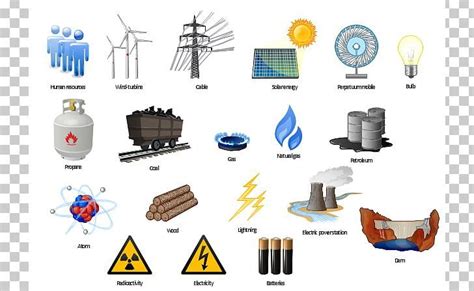
Natural Gas: A Bridge to Renewable Energy
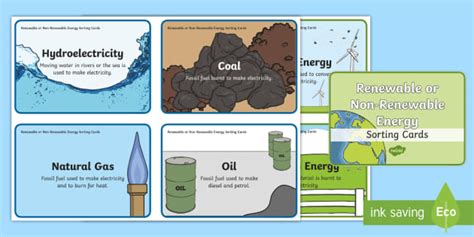
Natural gas is often considered a bridge fuel in the transition to renewable energy due to its lower carbon intensity compared to coal and oil. It is primarily used for electricity generation, heating, and as a fuel for transportation. The extraction of natural gas, particularly through fracking, has been controversial due to concerns over water pollution, methane emissions, and community impacts. However, natural gas can play a crucial role in reducing greenhouse gas emissions in the short term by replacing coal in power generation and serving as a backup for intermittent renewable energy sources.
Oil: The Lifeblood of Modern Transportation
Oil is the most widely used energy source for transportation, powering cars, trucks, airplanes, and ships. It is also used in industrial processes and as a heating fuel. The extraction, refining, and combustion of oil contribute to air pollution, water pollution, and climate change. The oil industry is facing significant challenges, including declining demand due to electrification of transportation and increasing competition from renewable energy sources. For example, the growth of electric vehicles has led to a decline in oil demand, with some projections suggesting that oil demand could peak as early as 2030.
Key Points
- Nonrenewable energy sources, including coal, natural gas, oil, nuclear, and tar sands, dominate the global energy market.
- These sources are finite and contribute to greenhouse gas emissions, but they are also high in energy density and have existing infrastructure.
- Technological innovations, such as carbon capture and storage, can reduce the environmental impact of nonrenewable energy sources.
- Natural gas can serve as a bridge fuel in the transition to renewable energy due to its lower carbon intensity.
- The future of nonrenewable energy sources will be shaped by policy changes, technological advancements, and shifting public perceptions.
Nuclear Energy: A Low-Carbon Option
Nuclear energy is a low-carbon source of electricity generation that uses uranium as a fuel. It is a significant component of the energy mix in many countries, particularly in Europe and Asia. Nuclear power plants do not emit greenhouse gases during operation, making them an attractive option for reducing carbon emissions. However, the nuclear industry faces challenges related to safety, waste disposal, and high upfront costs. The development of new reactor designs, such as small modular reactors and advanced pressurized water reactors, aims to address these concerns and make nuclear energy more competitive.
Tar Sands: A Controversial Source of Oil
Tar sands, also known as oil sands, are a type of unconventional oil deposit found primarily in Canada. The extraction of oil from tar sands is energy-intensive and has significant environmental impacts, including deforestation, water pollution, and greenhouse gas emissions. The production of oil from tar sands is also more expensive than conventional oil production, making it less competitive in a low-price oil market. However, advancements in technology have improved the efficiency and reduced the environmental footprint of tar sands production.
What are the primary nonrenewable energy sources?
+The primary nonrenewable energy sources are coal, natural gas, oil, nuclear, and tar sands.
Why are nonrenewable energy sources still widely used?
+Nonrenewable energy sources are still widely used due to their high energy density, existing infrastructure, and lower costs in some cases.
What are the environmental impacts of nonrenewable energy sources?
+The environmental impacts of nonrenewable energy sources include greenhouse gas emissions, air and water pollution, and habitat destruction.
In conclusion, nonrenewable energy sources will continue to play a significant role in the global energy mix for the foreseeable future. However, their use must be balanced with the need to reduce greenhouse gas emissions and mitigate the environmental impacts associated with their extraction, processing, and combustion. By investing in technological innovations, promoting energy efficiency, and transitioning towards a more sustainable energy mix, we can ensure a more environmentally friendly and secure energy future.
